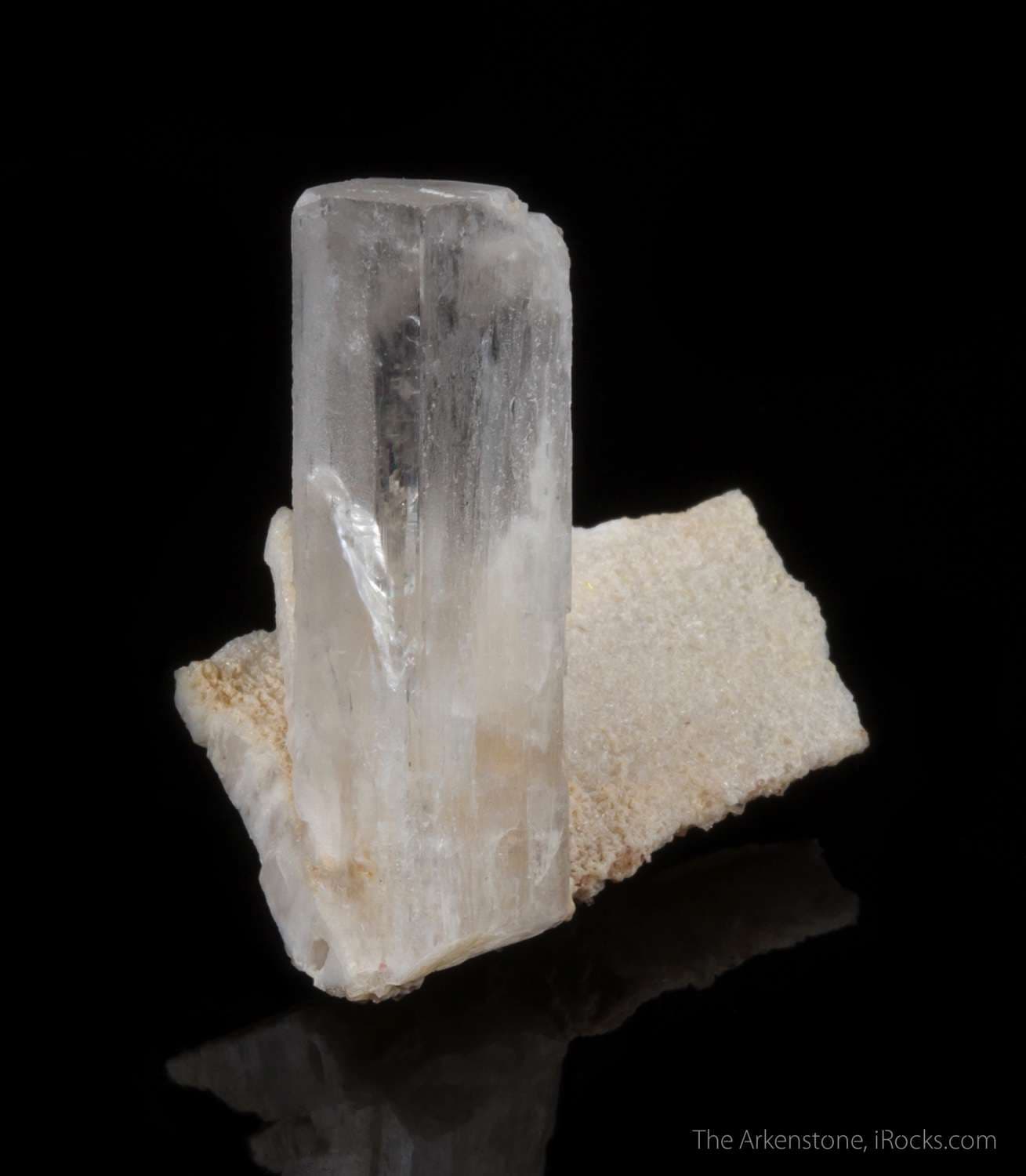
Gemstone Optical Properties
Learn how gemstone optical properties, like refractive index and pleochroism, help gemologists identify gems and lapidaries choose cuts.
23 Minute Read
The Properties of Light
Electromagnetic Energy
Light is part of the electromagnetic spectrum, one of the fundamental energies of the universe. It’s present everywhere in substantial amounts.
Light energy travels in waves. The energies on the electromagnetic spectrum differ simply by their wavelengths. Some are shorter, some longer. Wavelength has nothing to do with the amount of energy carried. Wave amplitude determines that. All wavelengths can be high or low in energy.
Although, in nature, all electromagnetic energy is essentially the same, varying wavelengths have different characters. For example, we relate to some as radio waves, others as X-rays. We see a very tiny part of the electromagnetic spectrum as light. Within this section, we perceive different wavelengths as colors. When we see all the wavelengths at once, we describe it as white light. The color black is a lack of electromagnetic energy in this portion of the spectrum.
Just beyond the section of the visible electromagnetic spectrum, we find ultraviolet and infrared light. Some animals can see these light frequencies, but humans can’t. We can sense them, but not with our eyes. Ultraviolet can give us sunburn, and we feel infrared as heat.
Simply put, light is a form…
Related Articles
How Old Is My Zircon?
Jade Toughness and Care
Phenomenal Gems: Cat’s Eyes, Star Stones, and More
Turquoise Color and the Color Turquoise
Latest Articles
800 Years of Mogok: A Celebration in Tenuous Times
What is the Average Gemstone Faceting Yield?
Pyroxmangite Value, Price, and Jewelry Information
How to Identify Emerald Simulants and Synthetics
Never Stop Learning
When you join the IGS community, you get trusted diamond & gemstone information when you need it.
